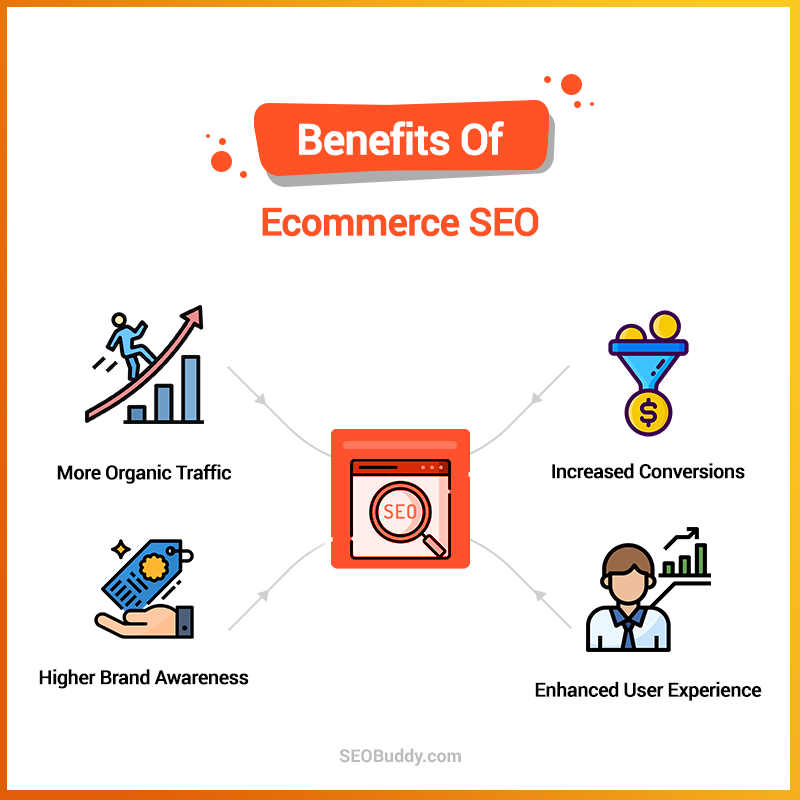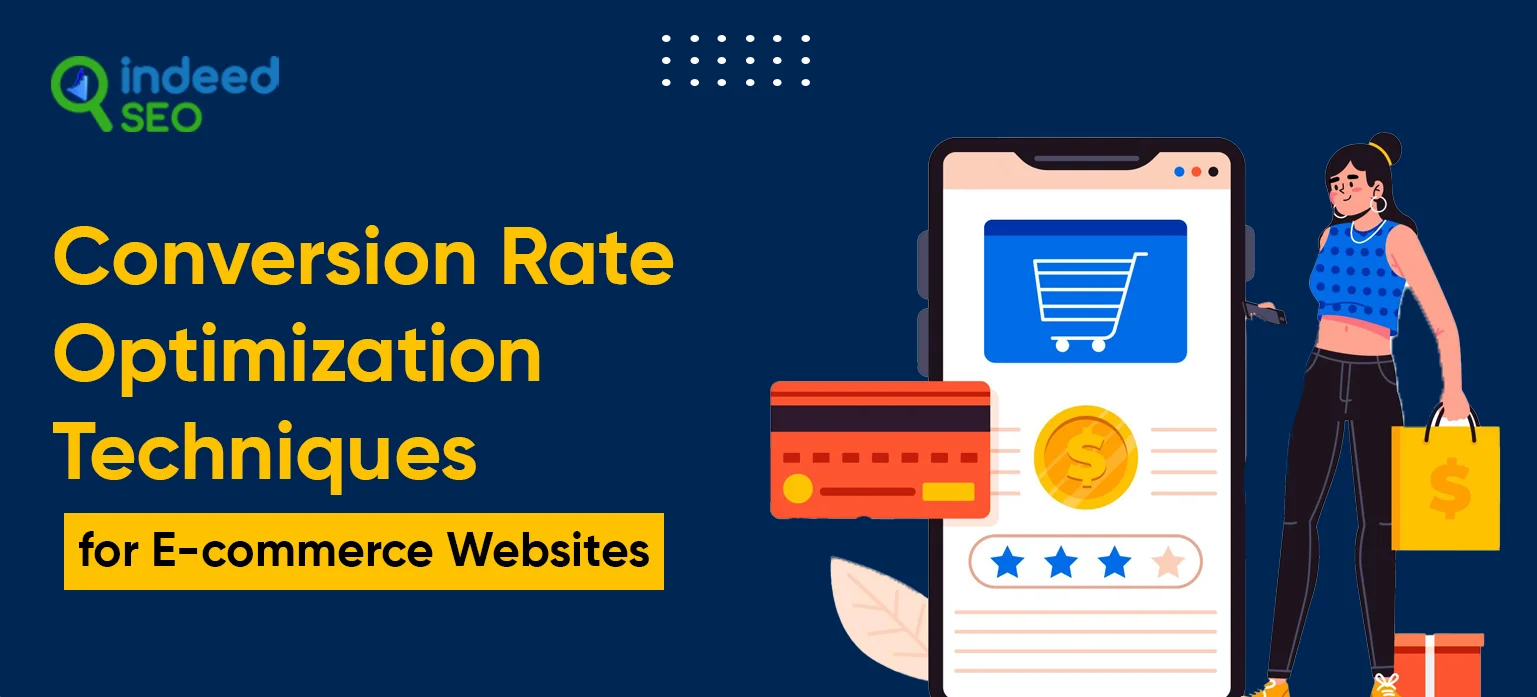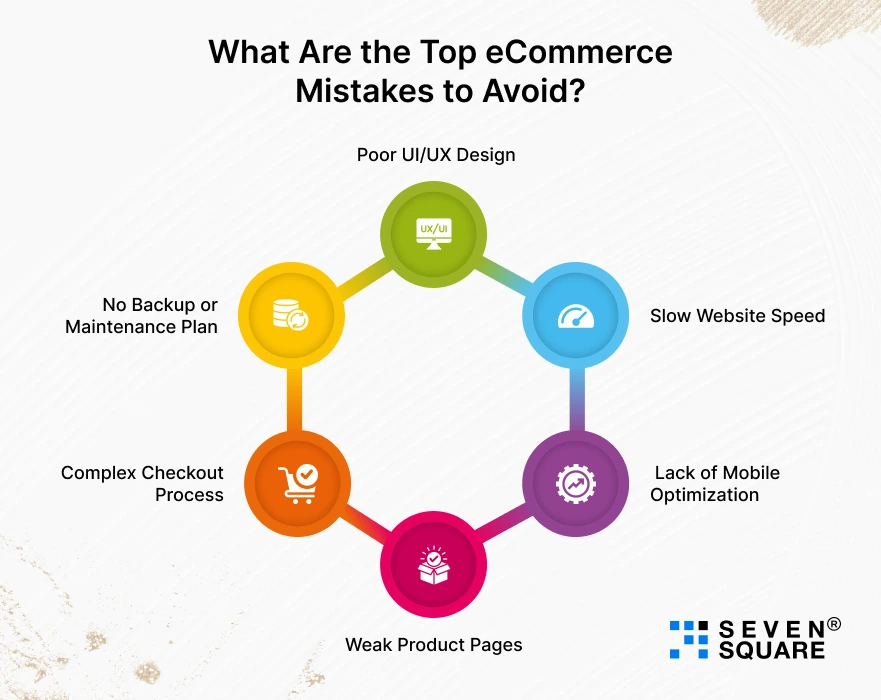Is your ecommerce website turning visitors into customers, or are you losing them along the way? Small changes can make a big difference in how people shop on your site.
When your website loads faster, looks clearer, and guides shoppers smoothly, you keep them interested and ready to buy. You’ll discover simple, effective ways to optimize your ecommerce website. These tips will help you boost sales, improve user experience, and stay ahead of your competition.
Ready to transform your online store and see real results? Let’s dive in.

Credit: seobuddy.com
Site Speed And Performance
Site speed and performance play a key role in ecommerce success. Fast websites keep visitors happy and encourage sales. Slow pages cause frustration and lost customers.
Optimizing speed is not just about technology. It also improves user experience and trust. Shoppers expect quick loading times on every device. Meeting this need can boost your store’s growth.
Impact Of Load Times On Sales
Long load times lead to higher bounce rates. Visitors leave before seeing products. Even a one-second delay can reduce conversions. Shoppers prefer sites that load in under three seconds. Fast sites build confidence and increase buying chances.
Techniques To Enhance Speed
Compress images without losing quality. Use caching to store data locally. Minify CSS, JavaScript, and HTML files. Choose a reliable hosting provider. Implement content delivery networks for global reach. These steps reduce load times significantly.
Tools For Performance Monitoring
Google PageSpeed Insights gives detailed speed reports. GTmetrix shows load time and suggestions. Pingdom tracks performance from different locations. Regular checks help catch issues early. Improving speed continuously ensures smooth shopping.

Credit: indeedseo.com
User Experience Design
User experience design shapes how visitors feel and act on an ecommerce site. Good design helps users find what they need fast. It lowers frustration and increases sales. Every element should guide users smoothly through the buying process.
Simplifying Navigation
Clear navigation helps users reach products quickly. Use simple menus with few categories. Avoid clutter and too many choices at once. Breadcrumbs show users their location on the site. Search bars with filters improve product discovery. Easy navigation keeps users engaged and reduces drop-offs.
Mobile-friendly Layouts
Many shoppers use phones to browse and buy. A mobile-friendly layout adapts to small screens. Buttons and links must be easy to tap. Text should be readable without zooming. Fast loading times are essential on mobile. Responsive design improves user satisfaction and sales.
Clear Calls To Action
Calls to action tell users what to do next. Use simple, direct words like ”Buy Now” or ”Add to Cart.” Buttons should stand out with color and size. Place calls to action near product details and pricing. Clear prompts reduce confusion and speed up purchases.
Product Page Enhancements
Product pages play a big role in ecommerce success. They show products in detail and help buyers decide. Small changes can make pages clear and attractive. This boosts sales and keeps visitors longer. Focus on key areas to improve product pages.
Optimizing Product Descriptions
Write clear and simple product descriptions. Explain what the product does and its benefits. Use easy words and short sentences. Highlight important features like size, color, and material. Avoid long paragraphs. Use bullet points to list details. Help buyers quickly understand the product.
High-quality Images And Videos
Use sharp and clear images. Show the product from different angles. Add zoom options for close looks. Videos can show the product in use. This builds trust and interest. Avoid blurry or low-quality pictures. Good visuals help buyers feel confident.
Customer Reviews And Ratings
Display honest customer reviews and star ratings. Reviews give real feedback and build trust. Encourage buyers to leave comments. Show both positive and negative reviews. This makes your site look honest. Ratings help visitors quickly see product quality.
Checkout Process Optimization
Optimizing the checkout process is crucial for any ecommerce website. It helps customers complete purchases quickly and easily. A smooth checkout can boost sales and improve customer satisfaction.
Small changes in checkout steps can reduce frustrations. This keeps shoppers from leaving their carts behind. Clear design and fewer clicks make a big difference.
Reducing Cart Abandonment
Many shoppers leave without buying. They find checkout too long or confusing. Simplify the process by removing extra steps. Show progress bars to guide buyers. Remind customers about items left in their carts. Clear error messages help fix problems fast. These efforts lower cart abandonment rates.
Streamlining Payment Options
Offer various payment methods to suit all buyers. Include credit cards, digital wallets, and bank transfers. Make payment forms simple and secure. Avoid asking for too much information. Fast payments keep customers happy and ready to buy again.
Guest Checkout Benefits
Allow customers to buy without creating accounts. Guest checkout saves time and reduces barriers. It helps first-time buyers trust your site. Later, invite them to register for easier future shopping. This option increases completed orders and user comfort.
Seo Strategies For Ecommerce
SEO strategies for ecommerce help websites attract more visitors and increase sales. These strategies improve your site’s visibility on search engines. They make your products easier to find for people searching online. A good SEO plan focuses on keywords, metadata, and backlinks. Each part plays a key role in driving traffic.
Keyword Research For Products
Start with keyword research to find what customers type. Use simple words that match your products. Include terms that show buying intent, like “buy,” “cheap,” or “best.” Check competitors’ keywords for ideas. Focus on long-tail keywords. They bring more targeted visitors to your pages.
Optimizing Metadata
Metadata includes titles and descriptions seen on search results. Write clear, short titles with main keywords. Use unique descriptions for each product page. Make descriptions inviting and informative. Metadata helps search engines understand your pages better. Good metadata can increase click-through rates from search results.
Building Quality Backlinks
Backlinks are links from other websites to yours. They show search engines that your site is trustworthy. Aim for links from relevant and high-quality sites. Create content others want to share. Reach out to bloggers or partners for links. Avoid low-quality or spammy links. Good backlinks improve your site’s authority and rankings.
Personalization And Recommendations
Personalization and recommendations improve the shopping experience on ecommerce sites. They help customers find products they like faster. Personalized content makes visitors feel valued and understood. This leads to higher sales and better customer loyalty.
Using Customer Data
Collecting customer data is key to personalization. Data includes past purchases, browsing history, and preferences. This information helps show relevant products. It also improves marketing messages. Respect privacy and use data carefully for trust.
Product Suggestion Algorithms
Algorithms analyze customer data to suggest products. They find patterns and match items customers might want. Suggestions appear on product pages, carts, or homepages. Good algorithms increase chances of purchases. They make shopping easier and faster.
Email Marketing Tactics
Email marketing with personalized recommendations boosts sales. Send product suggestions based on customer behavior. Use clear subject lines and simple messages. Include special offers or reminders. Personalized emails keep customers engaged and encourage returns.
Analytics And Continuous Improvement
Analytics and continuous improvement are key to a successful ecommerce website. They help you understand what works and what does not. Tracking data allows you to make smart decisions. Small changes based on real information can boost sales and user experience. Constantly checking results keeps your site fresh and effective.
Tracking User Behavior
Watching how users move on your site reveals valuable insights. Tools like Google Analytics show pages visited and time spent. You can see where visitors drop off or get stuck. This helps identify problems and areas for improvement. Knowing user paths guides you to create smoother shopping experiences.
A/b Testing Techniques
A/B testing compares two versions of a webpage or element. Show half of your visitors one version, the rest another. Measure which one performs better in clicks, sales, or engagement. Test headlines, images, buttons, or layouts. This method removes guesswork and improves your site step by step.
Adjusting Strategies Based On Data
Data guides your decisions about design and marketing. If a test shows one version wins, switch to it. Look for patterns in user behavior and sales trends. Change product placements, offers, or navigation to meet customer needs. Regular adjustments keep your ecommerce site competitive and user-friendly.

Credit: www.sevensquaretech.com
Frequently Asked Questions
What Is Ecommerce Website Optimization?
Ecommerce website optimization improves site speed, usability, and conversion rates. It enhances user experience and boosts sales by refining design, content, and technical elements.
How To Improve Ecommerce Website Loading Speed?
Optimize images, use caching, and minimize code to speed up loading. Fast-loading sites reduce bounce rates and improve customer satisfaction, increasing sales.
Why Is Mobile Optimization Crucial For Ecommerce?
Mobile optimization ensures a seamless shopping experience on smartphones and tablets. It increases accessibility, engagement, and conversion rates from mobile users.
How Can Seo Boost Ecommerce Sales?
SEO increases organic traffic by improving search engine rankings. Higher visibility drives more potential customers to your ecommerce site, boosting sales opportunities.
Conclusion
Optimizing your ecommerce website boosts sales and improves user experience. Small changes can make a big difference. Fast loading times keep visitors happy and reduce bounce rates. Clear navigation helps customers find products easily. Using quality images and simple descriptions builds trust.
Regularly updating your site keeps it fresh and relevant. Focus on mobile-friendly design to reach more users. Track your results to see what works best. Simple steps lead to better performance and higher profits. Start improving your ecommerce site today for steady growth.

